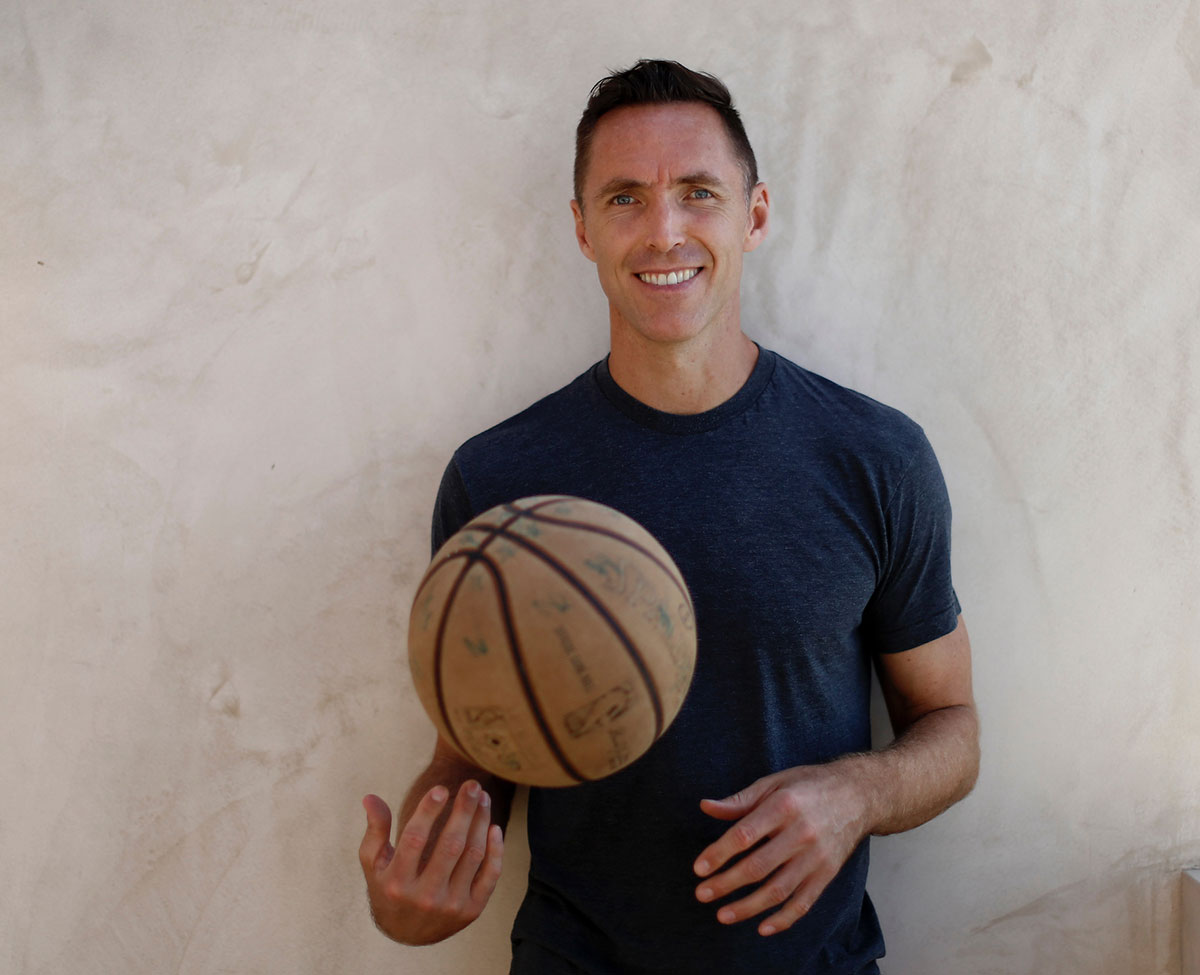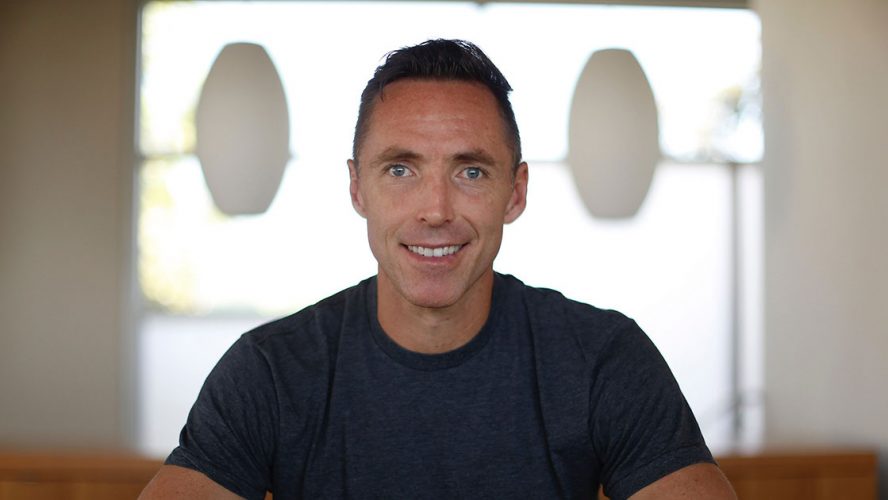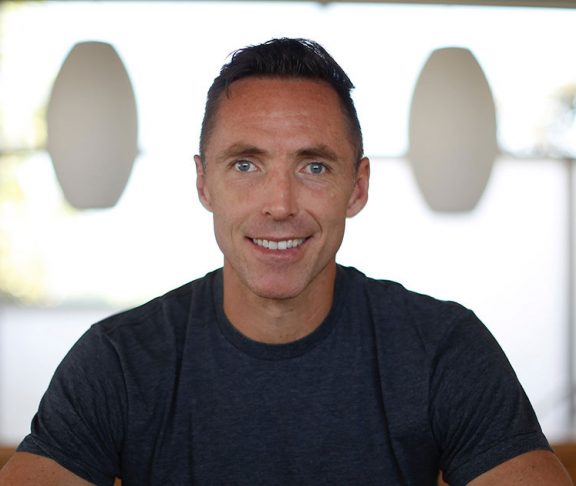Eight-time NBA All-Star and two-time MVP Steve Nash was as efficient as they come on the hardwood. Now, through the Steve Nash Foundation, he’s trying to get others to be more energy efficient and to reduce their carbon footprint. We asked him about his work with the foundation and for some eco-friendly tips.
What advice would you give to homeowners looking to decrease their carbon footprint?
There are opportunities for all of us to take small steps to make a difference. I think too often there’s a presumption that meaningful environmental action is inaccessible, that if you can’t put solar on your roof or buy an electric car, there’s no way to contribute to a healthier existence. Every environmentally conscious action, though, is one more way to move towards positive change.
My advice is to start with looking to see what organizations are working locally on improving energy efficiencies — many states offer subsidies for home improvements that can often pay for a lot of the expense, whether it’s installing a more efficient boiler (which can reduce heating costs pretty drastically), sealing up old windows or doors, reducing water use in your bathroom and kitchen, or using new LED bulbs instead of older incandescents.
We have solar at my house and at the Steve Nash Foundation; the current federal tax program reduces the cost of it significantly (the current administration is gradually phasing it out beginning in January, which is unfortunate). We use commercially available portable solar power generators and panels at our annual Steve Nash Foundation Charity Shield soccer tournament, and they keep us powered all day.
Beyond home improvements, things like collecting your grey water from rinsing dishes to water your plants; using reusable shopping bags; turning off lights and power when you leave the room; carpooling, biking/skateboarding, or using mass transit; and choosing local and organic foods at the grocery store all have an impact, and help set a great example for family members, neighbors, coworkers, and friends.
What has made your experience with solar energy such a success? Is there anything businesses can learn from your experience?
Living in Arizona for as long as I did, solar just made so much sense — using a renewable energy source. And I was very fortunate to be part of an organization like the Phoenix Suns that saw the chance to take a leadership role — the Suns had the first solar arena in the NBA through a pretty innovative and unprecedented partnership with the local power utility company, APS.
APS was a Suns sponsor and, along with Suns ownership and their front office, became a really great ally in trying to do something new and better for the community. And, I mean, pretty great ROI for an activation that not only highlights your company’s products and services, but makes such a big (literally, the solar installation had a massive art installation accompanying it, a giant electrical plug on the ceiling) statement to the community about your commitment.

They have 966 panels up there that are still operating today, and they’ve generated a quarter of a million kWh this year to date alone. And solar installations have such great longevity — they require minimal maintenance and last a long time.
Did your experience with renewables while with the Phoenix Suns impact your perception of the industry currently? In what ways?
It was just very encouraging, and it really made me realize that it’s possible to engage like that.
As the Suns were going solar in early 2012, my foundation was working as part of a collaborative effort on LEED certification for Educare Arizona, the high-quality early childhood education/Head Start school we helped found in Phoenix. It was a new build, and we were fortunate to have a board of directors at Educare and an architecture team (RDG) that dug in and embraced the potential there.
That building was awarded LEED Silver certification in the summer 2012. It’s not only made it a healthier learning environment for these infants, toddlers, and pre-schoolers (and their families, the teachers, and the staff), but it’s also made a positive statement about what we can and should do for and in our communities.
Do you see other sporting venues adopting renewables in the near future? Are there any barriers for adoption we should be aware of?
The Golden State Warriors’ new home at Chase Center is on track to earn LEED Gold certification — Rick Welts, Warriors President, was also instrumental in the Suns’ solar project while he was there and understands, along with the environmental factors, the business and financial benefits of renewables.
Chase will have grey water recovery systems; high-efficiency lighting; composting, recycling and green cleaning, and sustainably sourced materials; and operate on green power. It will also be located on mass transit routes to reduce the need to drive there (they’ll have hundreds of bike valets, too).
Staff, [email protected]



